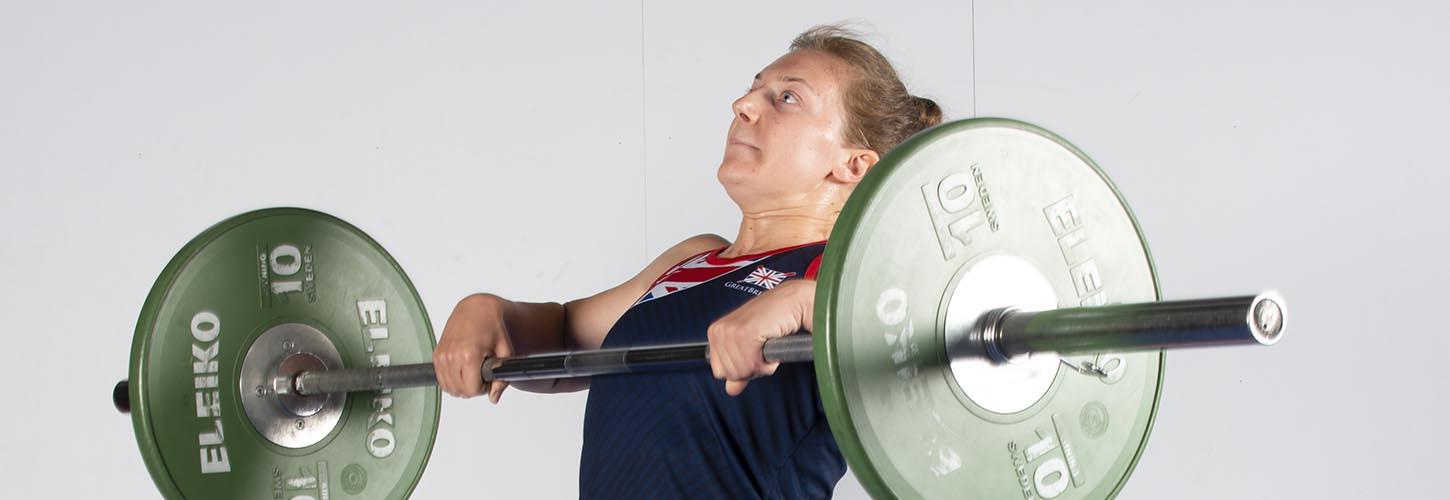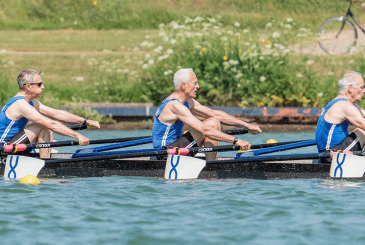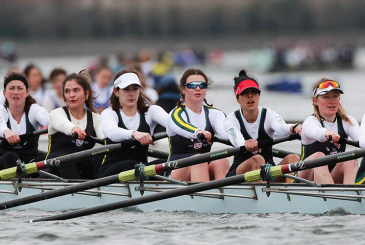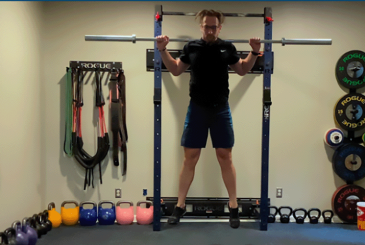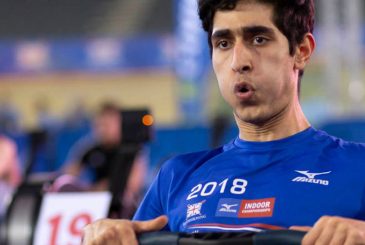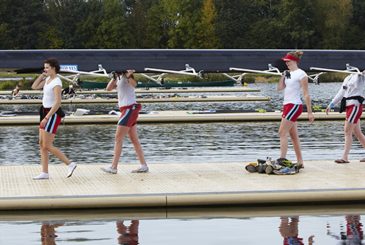Rowing programmes typically contain strength and endurance sessions but research indicates that gains may be compromised. Sarah Moseley, Sport Scientist with the GB Rowing Team, reports
The inclusion of strength training (to gain muscle mass, power and strength) combined with endurance training (to develop aerobic and anaerobic endurance) within a single training programme is known as ‘concurrent training’. Both types of training are typically incorporated into rowing programmes.
However, growing research has suggested that concurrent training compared to resistance training alone may result in compromised improvements in muscle mass, power and strength. This is known as the ‘interference effect’.
One theory explaining the interference effect suggests that endurance training stimulates competing adaptations within the muscle. The adaptations to the muscle fibre for resistance and endurance exercise are vastly different and can often be in conflict.
Resistance exercise typically trains skeletal muscle to generate high force outputs for short duration activities (favouring the development of ‘fast twitch’ fibres). Conversely, endurance training requires individuals to exert relatively low force outputs while maintaining those outputs over long durations (favouring ‘slow twitch’ fibres).
Three strength sessions per week seems to be an optimum stimulus to achieve positive gains when completing several endurance sessions
At a molecular level, resistance training increases protein synthesis (muscle building) for up to 72 hours – however, endurance exercise immediately inhibits important processes responsible for increasing protein synthesis. So completing an endurance session shortly after a resistance session dampens protein synthesis and therefore compromises muscle growth.
A further explanation suggests that endurance training causes residual fatigue, and reduces the capacity of muscles to generate force. So if you then do resistance training with such fatigue the quality of your training and amount of load may be compromised. This may lead to a decline in strength development over a training cycle.
What is evident is that there are multiple factors that may contribute towards the interference effect. Many studies have observed that the degree of interference is largely affected by training protocols – i.e. modality, volume and the frequency of sessions.
Therefore, there are ways in which the interference effect can be avoided or minimised to maximise gains in both components of fitness and these can be easily incorporated into training programmes.
Ways to minimise the interference effect
- Depending on time available, three strength sessions per week seems to be an optimum stimulus to achieve positive gains in strength and power when completing several endurance sessions per week.
- Maximise recovery time between sessions. Ideally, strength training should be placed after the endurance sessions or separated by at least eight hours.
- Training until you fail a repetition should be avoided. Instead, a strength programme using a reasonable number of repetitions provides a favourable environment for achieving greater gains in strength, muscle power and specific performance. This will allow for a quicker recovery enabling rowers to perform subsequent endurance training at a higher quality.
- Maximise your protein intake throughout the day – i.e. 0.2g protein per kg of body mass every two hours is sufficient to maximise protein synthesis.
Read the research for optimising strength and aerobic fitness training here.
And find out more about what training is appropriate for your level with the British Rowing Rower Development Guide app.


